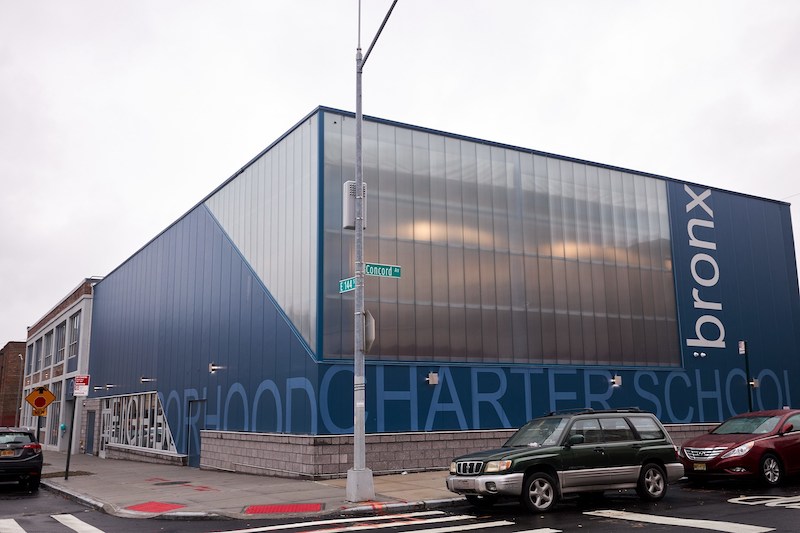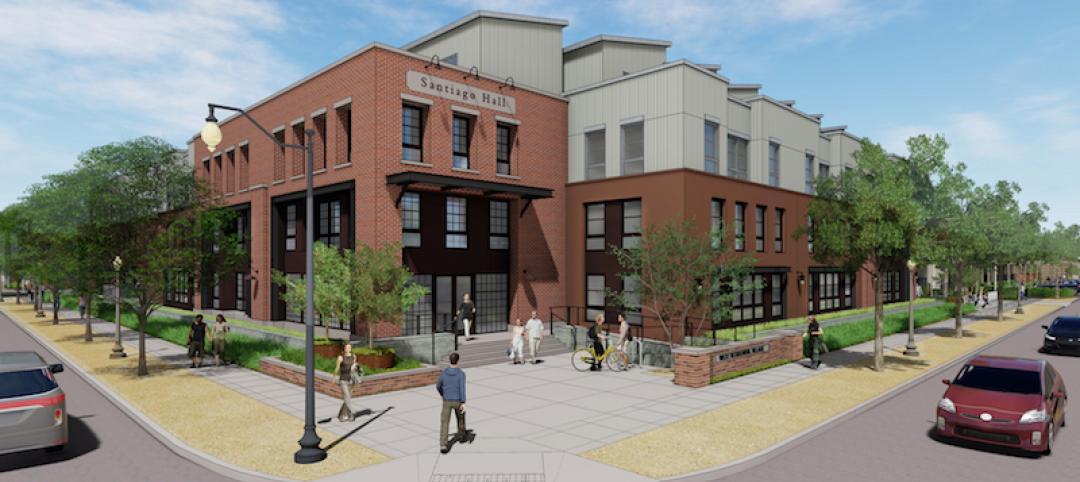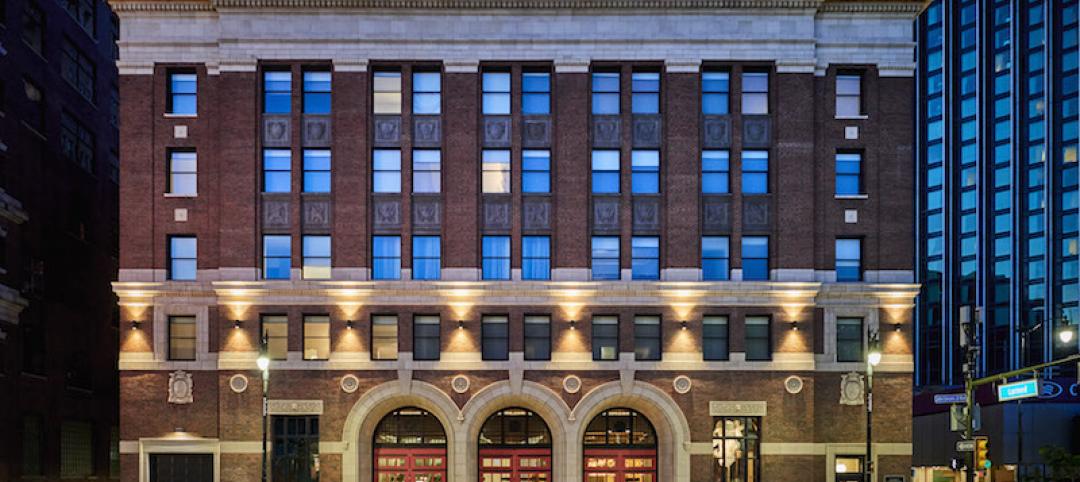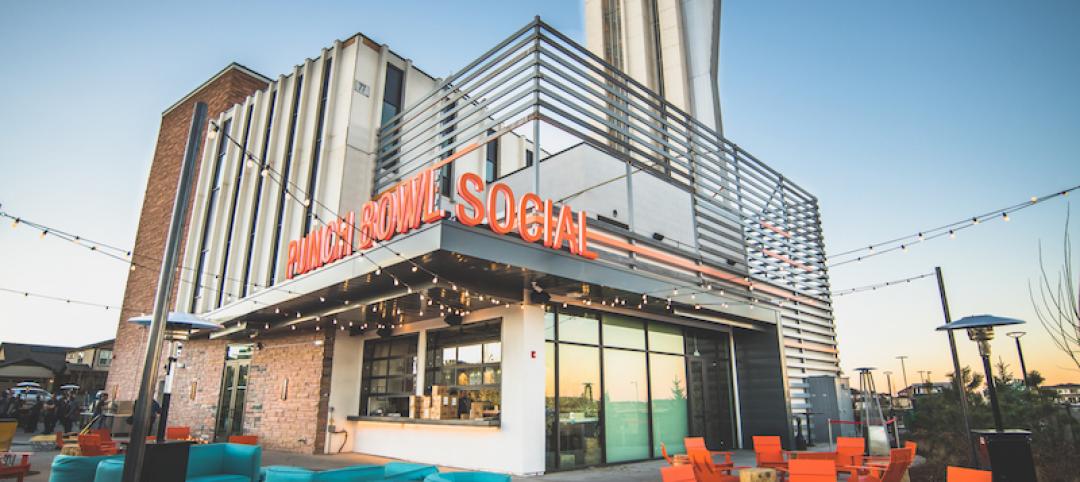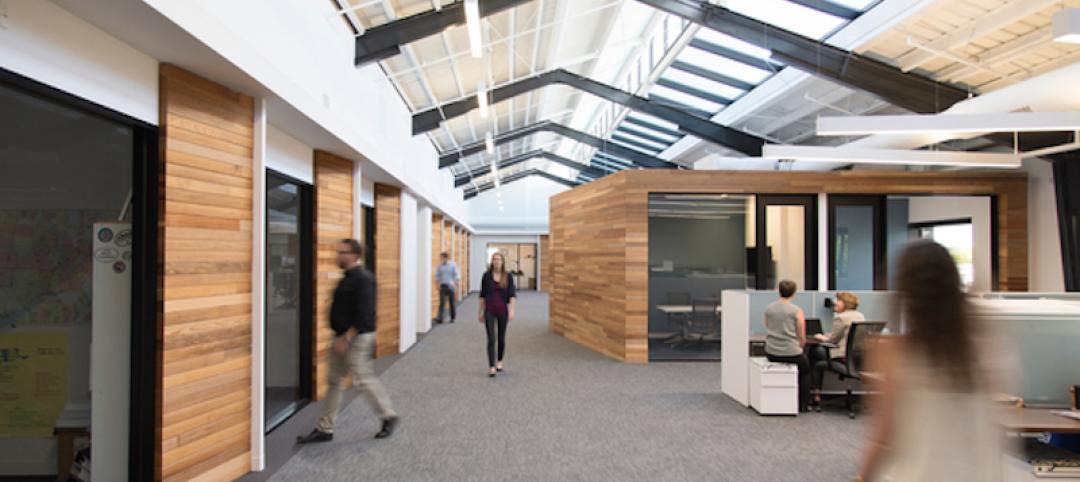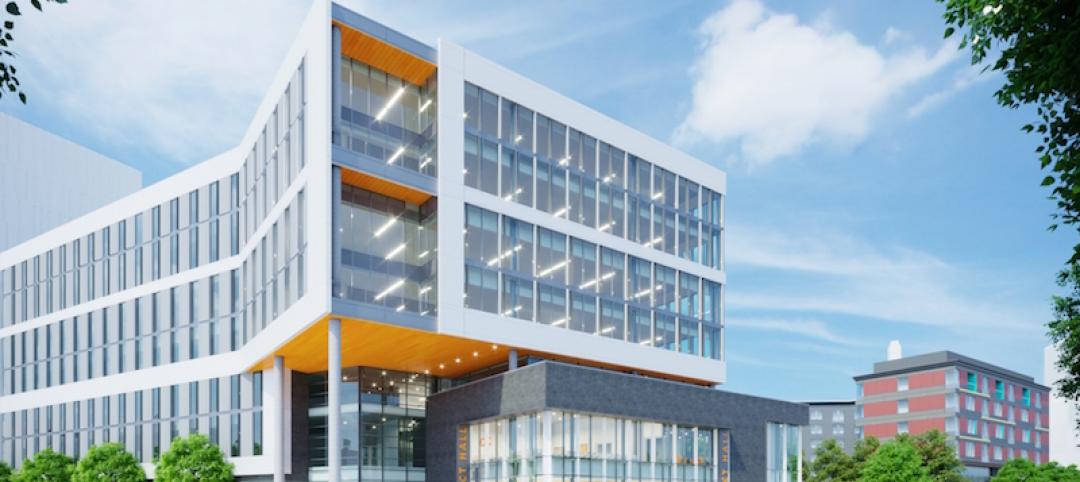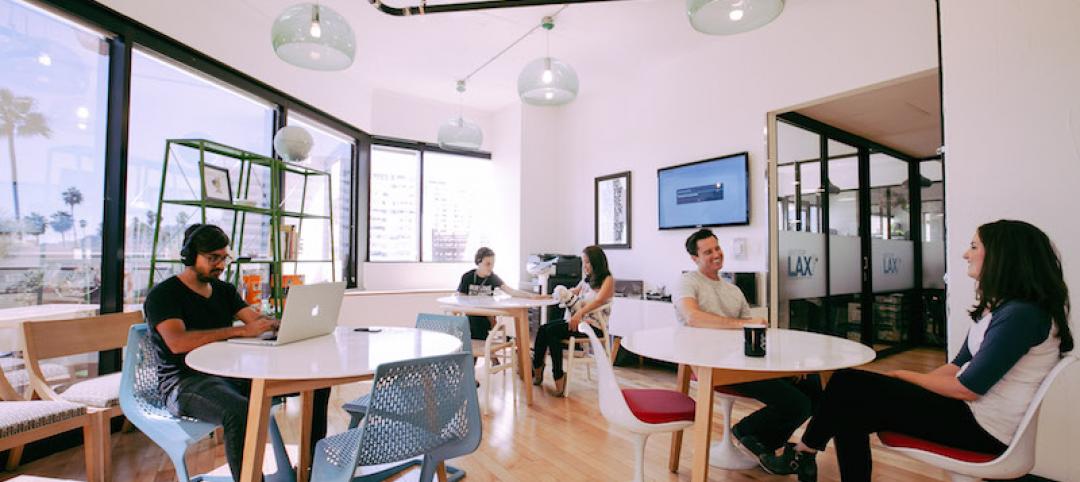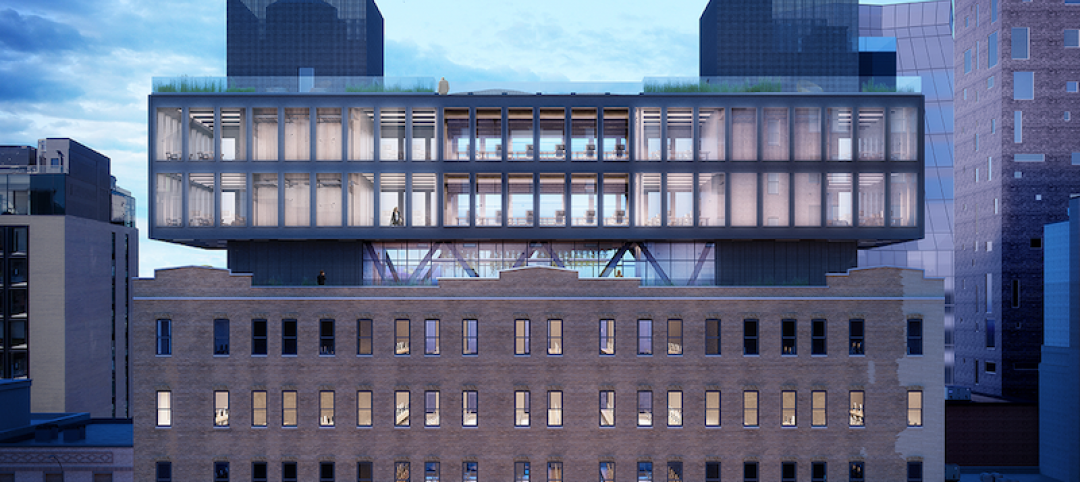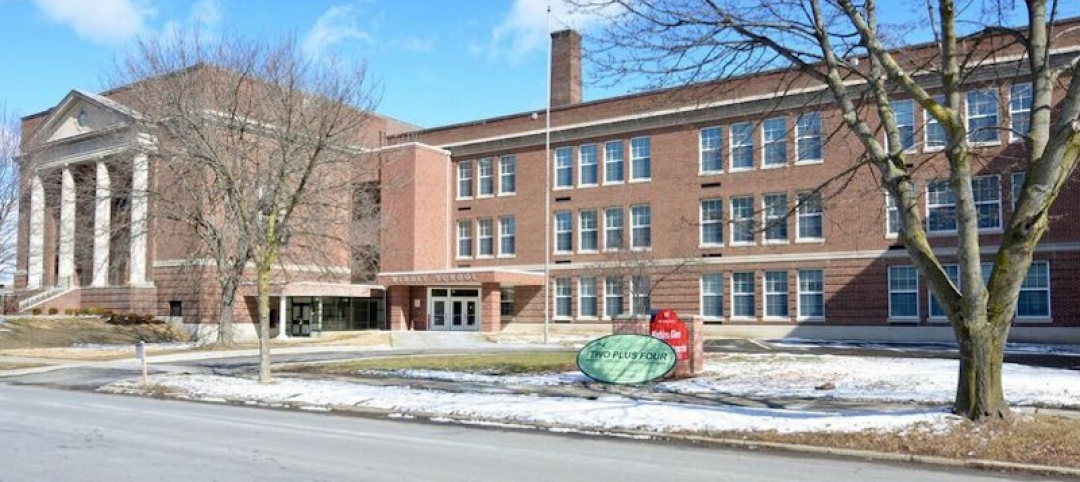A nexus of growing demand for charter schools and a pandemic-driven increase in commercial vacancies is presenting adaptive reuse opportunities to developers and AEC firms.
Charter schools are the fastest-growing sector of U.S. education, with California, Florida, and Texas leading the pack. One in five students in Arizona is enrolled in a charter school.
There are more than 3.3 million students enrolled in 7,500-plus charter schools in 44 states, the District of Columbia, Puerto Rico, and Guam, with a waiting list of nearly 2 million more, according to the National Alliance for Public Schools, a leading nonprofit dedicated to the advancement of the public charter school movement.
Finding real estate “has always been a challenge” for charter school owner-operators, says Mark Medema, Managing Director of the Alliance’s Charter School Facility Center. In response, more charter schools are finding homes in repurposed commercial spaces that, in many cases, were vacated by tenants during the coronavirus pandemic that led companies, cities, and states to impose occupancy restrictions.
So in San Antonio, a charter school now fills an empty grocery store; in Austin, a vacant Costco has been repurposed; in New York, two floors of a public housing complex in Harlem now serve as a charter school.
Medema says that empty retail space is presenting the greatest opportunity, as charter schools typically need 30,000 to 50,000 sf of space, and sometimes much more. He notes that in the Dallas market, a charter school took over the lease of a shopping mall’s anchor store that closed.
A TURNKEY REPOSITIONING APPROACH
The Alliance has also been watching how the real estate consulting firm Transwestern has been helping its clients in urban centers return to their offices. The Alliance and Transwestern have joined forces to devise a turnkey solution that leverages high vacancy rates in certain markets and product types to address the need for more educational space.
Casey Noel, Transwestern’s Vice President-nonprofit advisory services, says old warehouses in urban markets are being transformed into charter schools. “The conversion costs are relatively low, and the zoning can be conducive,” says Noel. He adds that certain municipalities offer developers community facility density bonuses, which fit how charter school repositionings often build out. “Owners and developers are looking for ‘buildabilty,’ ” he says.
Transwestern starts this process as a consultant, interacting with charter school boards and finding suitable real estate. Its knowledge of city and state policies, as they pertain to charter schools and real estate conversions, is invaluable, says Noel. Transwestern’s involvement ends when a school signs a lease.
AN ‘IDEAL’ TENANT
Noel says that it takes at least 18 months to convert a warehouse into a charter school, although the conversion period for any space depends on size, location, and the condition and adaptability of the property.
Medema thinks that developers should be jumping at the chance to reposition vacant commercial space as a charter school. “Charters are ideal tenants because they produce a steady revenue stream, are government funded, have stable enrollments, and are almost recession proof.”
The Alliance’s objective is to foster the option of a charter school education to every family that wants it for their children. Medema doesn’t envision charter schools ever surpassing public school, but he does see their market share—currently at around 6.5% of all public-school students—hitting or even exceeding 10% eventually.
Related Stories
Adaptive Reuse | Jan 4, 2018
Student housing development on Chapman University campus includes adaptive reuse of 1918 packing house
The Packing House was originally built for the Santiago Orange Growers Association.
Adaptive Reuse | Dec 11, 2017
Detroit's economic improvement a boon to its hotel sector
Detroit Foundation, a stylish boutique hotel, is the Motor City’s newest hospitality venue.
Adaptive Reuse | Nov 29, 2017
‘Eat-ertainment’ establishment grants abandoned air traffic control building a second life
The concept’s design reflects the golden age of flight.
Adaptive Reuse | Nov 10, 2017
Austin’s first indoor shopping mall becomes Austin Community College’s new digital media center
Renovation of the defunct mall represents Phase 2 of ACC’s $100 million adaptive reuse project.
Adaptive Reuse | Oct 23, 2017
A tableware storage space is reset to accommodate an investment firm’s headquarters in Raleigh, N.C.
This adaptive reuse establishes more direct visual and physical connections to a growing city.
Adaptive Reuse | Oct 5, 2017
Wexford’s latest innovation center breaks ground in Providence
The campus is expected to include an Aloft hotel.
Office Buildings | Jun 13, 2017
WeWork takes on a construction management app provider
Fieldlens helps turn jobsites into social networks.
Office Buildings | Mar 27, 2017
New York warehouse to become an office mixing industrial and modern aesthetics
The building is located in West Chelsea between the High Line and West Street.
Adaptive Reuse | Nov 9, 2016
Middle school transformed into affordable housing for seniors
The project received $3.8 million in public financing in exchange for constructing units for residents earning less than 60 percent of the area’s median income.
Adaptive Reuse | Nov 7, 2016
From fuel to food: adaptive reuse converts a closed gas station in Princeton, N.J., to a Nomad pizza
The original building dates back to the Modernist 1930s.


